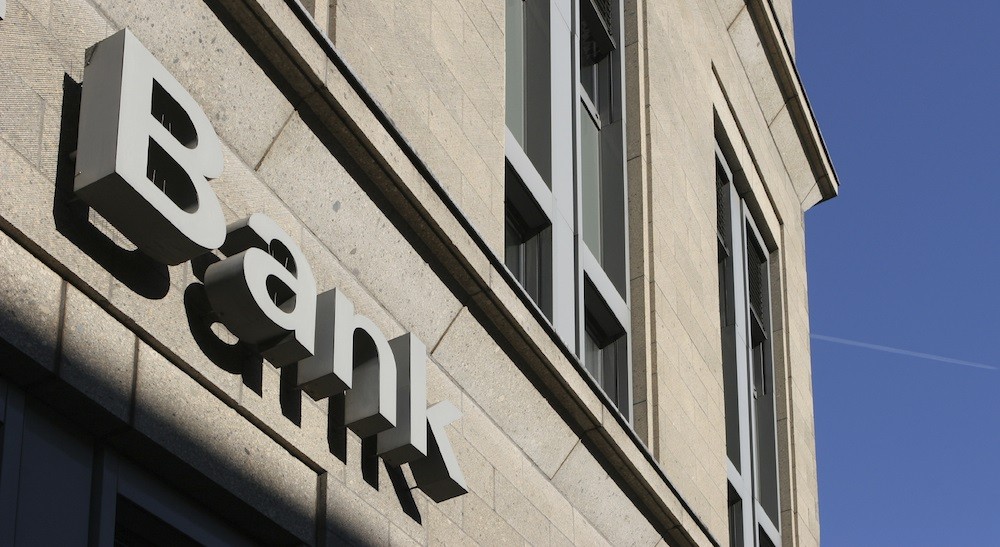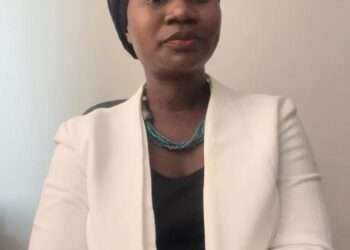The Chief Executive Officer of the Ghana Association of Bankers (GAB), Mr. John Awuah has intimated that the Banking sector does not subscribe to charging higher interest rates on loans given out to individuals and businesses but are more concerned about having a more stable macro environment that allows businesses to flourish.
Mr. John Awuah made these comments while speaking on the role commercial banks play in the process of business recovery amid the second wave of the coronavirus pandemic. He further asserted that it is a misconception that Analysts and the general public assume that banks are focused on charging high rates on loans given out to businesses and individuals so as to use them to fund their expensive structures as well as to pay bills and salaries.
“That is the mistake that Analysts make, banks do not make money from high interest rate on…loans. Banks make money on the net interest margin. As we are pricing down our loans we are also pricing down our deposits.
“So, the margin though gets squeezed a bit but we are playing in the middle. So, it is in our interest that lending is affordable so that people who come to borrow money can pay back… and the interest burden is lowered on the customer.
“So, we do not subscribe to higher interest rate regimes, we subscribe to stable…macro setting that businesses can flourish and plan and then banks can lend. Even if it’s [lending rate] below 10 percent,…[Banking] industry profit will not go down per se but businesses will rather thrive because the environmentals are working together to… give the banks’ ability to reduce their interest rate”.
Mr.John Awuah
Giving further insights into Interest rates and cost of lending, the GAB Chief Executive mentioned that the lending rate that banks charge on loans are based on many factors including the environmental conditions, the interest rate and risk-free rate using the three-month Treasury bill rate as a benchmark as well as the policy rate. He further hinted that lending rates charged by banks have reduced considerably from a little over 30 percent with banks’ now lending just around 20-22 percent depending on risk categorization.
“The lending rate is a derivative and if the provider of the funds [bank] is…asking for ‘X’ rate…they look at their environment, the interest rate and risk free rate which is the 91[Day Bill] benchmark rate…we look at the policy rate… so you need these surrounding rates to begin trending downwards and as they trend downwards clearly you will see the transition of lending rates coming down”.
Mr. John Awuah
Speaking on the issue of why deposit rates are quite low, Mr. Awuah held that “if you think about the deposit levels and the cost of borrowing, it’s a bit also very high” because these rates go hand in hand.

Touching on whether the country will be able to mitigate the issue of interest rate being a barrier to lending to individuals and businesses in the near term, the GAB Chief Executive opined that “I think with the macro settings stabilizing and…downward trend in other macro variables, we should see interest rate moving in the same direction.
“It is in… the interest of all of us that interest rate or lending rates become more affordable, so the risk of default can also be lowered…as an industry we are also concerned that it is possible that higher interest rate could contribute to default rate.
“Therefore if the rates are coming down, trending in the way we’ve seen in the last couple of months or years…definitely we all stand to gain, as an industry [Banking]…because risk of default may come down…also as a country, businesses and individuals will have affordable loans that they can use to drive their business and their own personal borrowing needs”.
Mr. John Awuah





















